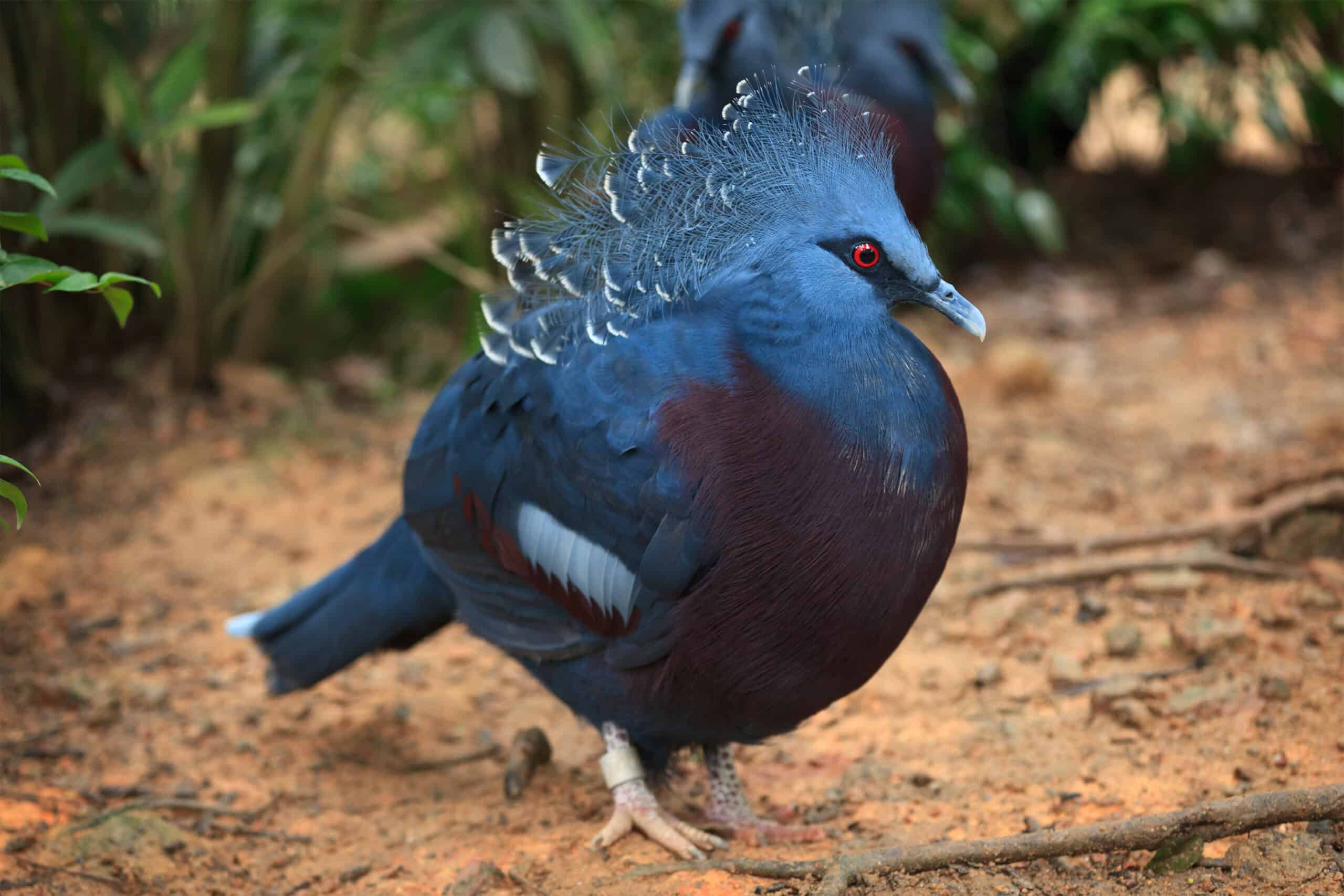When we think of vibrant and eye-catching insects, butterflies often steal the spotlight. Their delicate wings and striking patterns have long been admired, but they’re not the only insects that boast such beauty. In fact, many other insects rival, and sometimes even surpass, butterflies in their vivid colors and intricate designs. From shimmering beetles to flamboyant moths, the insect world is full of stunning creatures that deserve just as much attention. In this article, we’ll explore the top 14 colorful insects that stand shoulder to shoulder with butterflies in the beauty stakes.
Picasso Bug
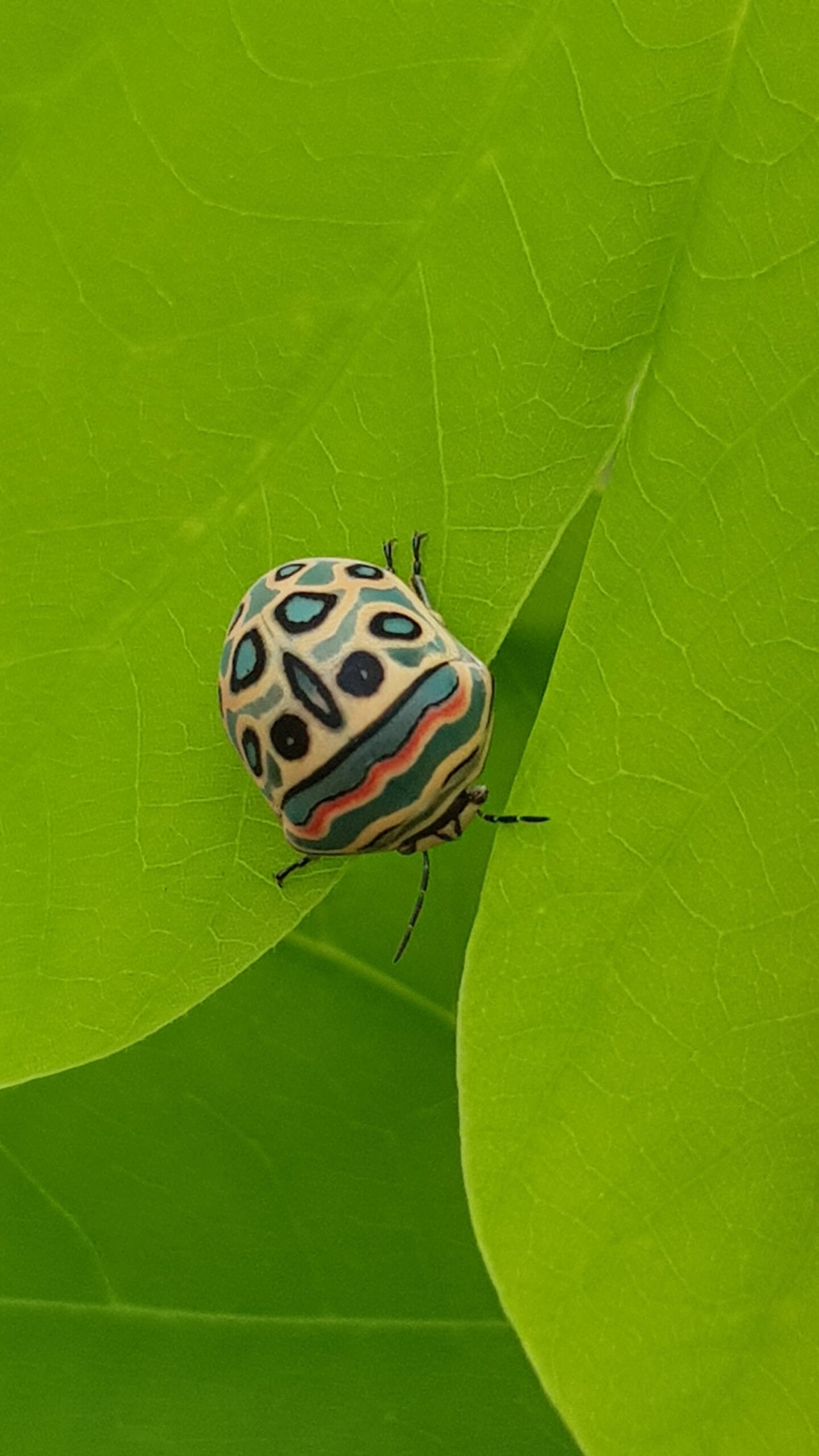
The Picasso Bug, named after the famous artist Pablo Picasso, is a small yet striking insect known for its vibrant and artistic pattern. Native to sub-Saharan Africa, this shield-backed bug measures about 8 millimeters in length and is characterized by its lime-green body adorned with bold black markings that resemble abstract art. Each Picasso Bug’s pattern is unique, much like a fingerprint, making these insects a true work of nature’s art. The intricate designs on their backs are not just for show; they serve as a defense mechanism, confusing predators by breaking up the bug’s outline and making it harder to catch. The striking appearance of the Picasso Bug makes it one of the most visually appealing insects, easily rivaling the beauty and allure of butterflies.
Orchid Mantis
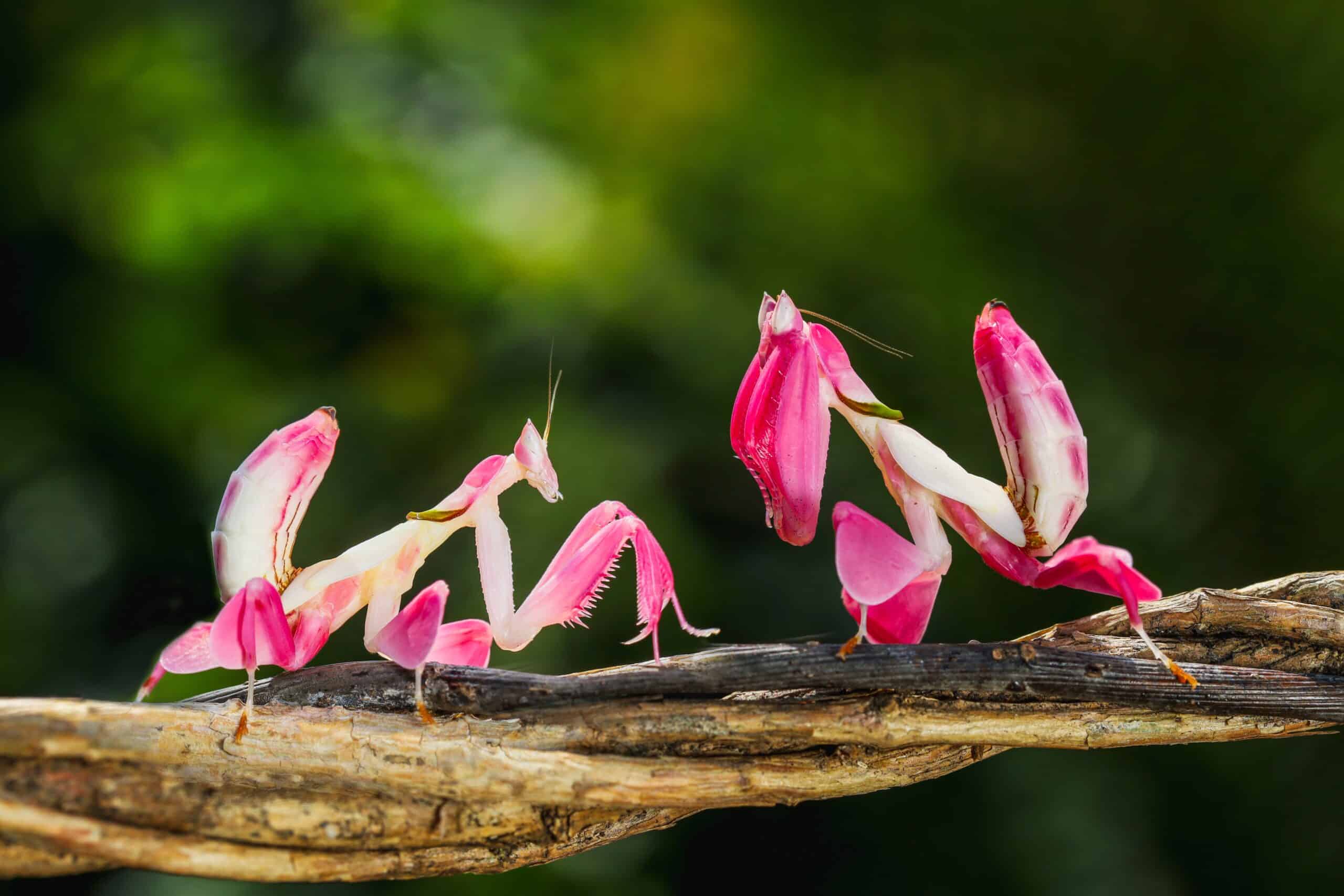
The Orchid Mantis is an extraordinary insect that not only rivals the beauty of butterflies but also perfectly mimics the delicate petals of an orchid flower. Found in the rainforests of Southeast Asia, particularly in Malaysia and Indonesia, this mantis is a master of disguise, using its petal-like legs to blend seamlessly into its floral surroundings. The colors of the Orchid Mantis range from soft pinks to whites, with some even displaying hues of yellow and purple, mimicking the natural color variations found in orchids. This camouflage is not just for protection; it also helps the mantis ambush prey, as insects are attracted to what they think is a flower. The combination of its delicate appearance, graceful movements, and vibrant coloration makes the Orchid Mantis a true rival to the beauty of any butterfly.
Cecropia Moth
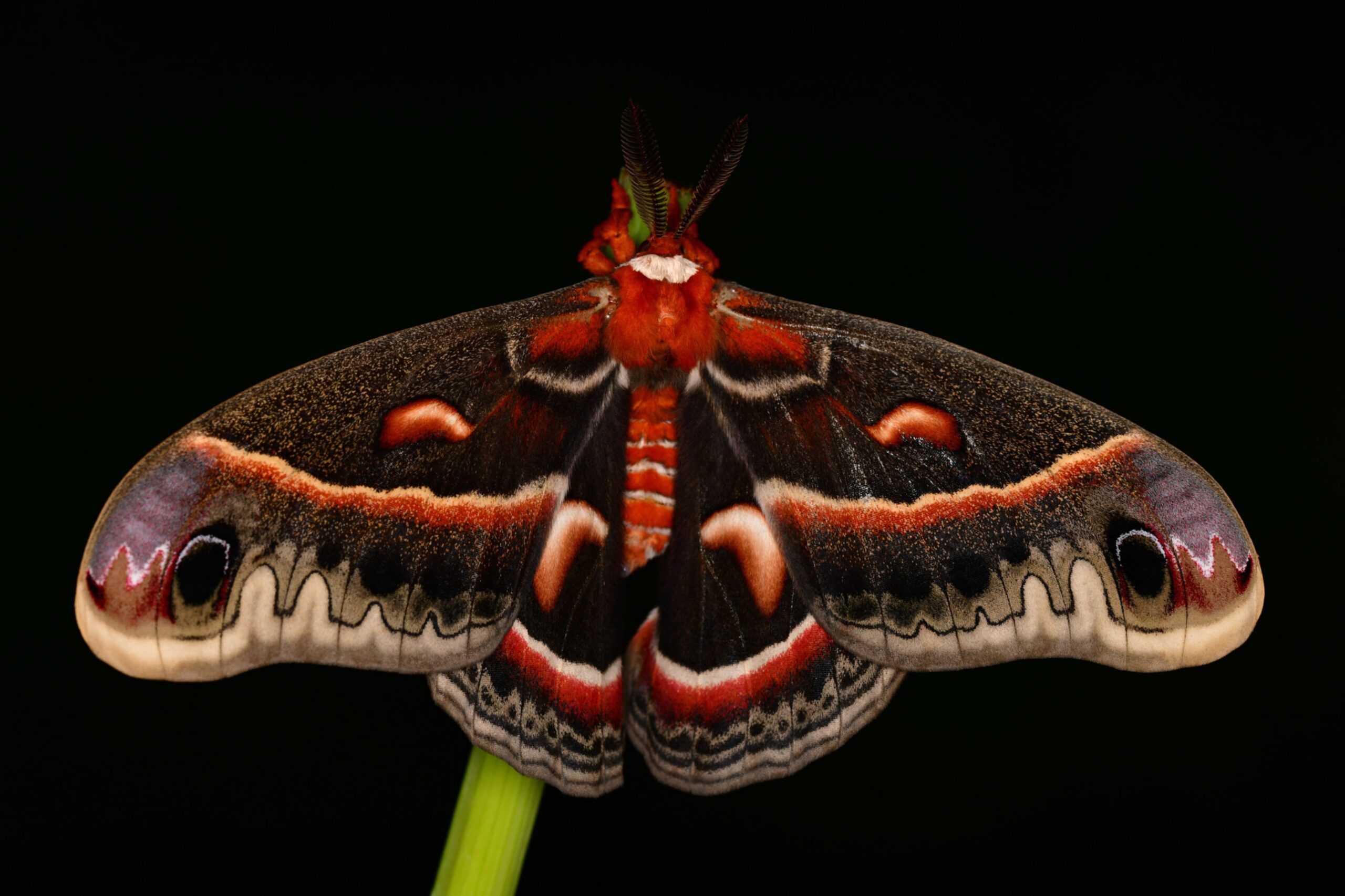
The Cecropia Moth is North America’s largest native moth, with a wingspan that can exceed six inches, making it a giant among its peers. This moth is renowned for its bold and vibrant patterns, which include shades of deep red, orange, and brown, with white and black markings that resemble a pair of eyes on its wings. These eye spots serve to startle and confuse predators, giving the moth a chance to escape. The Cecropia Moth’s striking appearance is complemented by its large, feathery antennae, which add to its regal appearance. Unlike butterflies, Cecropia Moths do not feed as adults, and their sole purpose is to reproduce, living only for a few weeks. The combination of its size, vibrant colors, and intricate patterns make the Cecropia Moth a stunning rival to any butterfly.
Rosy Maple Moth
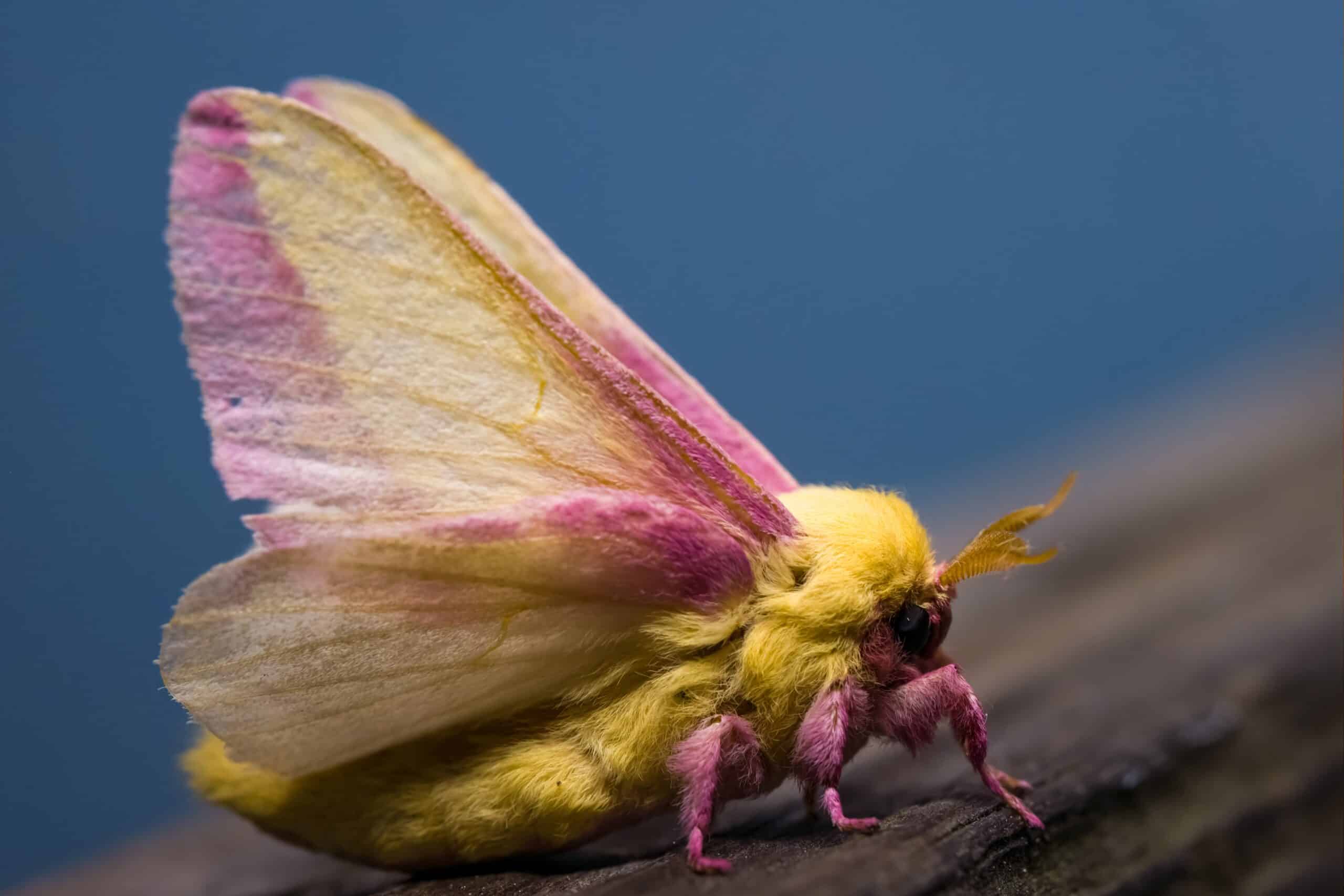
The Rosy Maple Moth is one of the most colorful and whimsical moths in the world, often described as looking like a creature from a fairy tale. Found in North America, this small moth is easily recognizable by its bright pink and yellow coloration, which is unlike any other insect. The Rosy Maple Moth’s wings are soft and fuzzy, giving it a plush appearance, and the vivid colors serve as a warning to predators that it may be toxic or unpalatable. Despite its bright and bold appearance, this moth is relatively small, with a wingspan of about 1.5 to 2 inches. The Rosy Maple Moth’s playful color palette and delicate appearance make it a true rival to the beauty of any butterfly, often capturing the hearts of those who encounter it.
Cuckoo Wasp

The Cuckoo Wasp is a small but stunning insect known for its metallic, iridescent coloration that can range from bright green to deep blue, sometimes even appearing golden. This wasp, which is found worldwide, is a parasitic species that lays its eggs in the nests of other insects, hence its name. The Cuckoo Wasp’s metallic exoskeleton is not just beautiful but also incredibly hard, helping to protect it from attacks when it invades other insects’ nests. The shimmering colors of the Cuckoo Wasp are due to the microscopic structure of its exoskeleton, which reflects light in a way that creates the illusion of different colors depending on the angle of view. This dazzling appearance, combined with its unique lifestyle, makes the Cuckoo Wasp a fascinating insect that rivals the beauty of even the most colorful butterflies.
Green Milkweed Locust
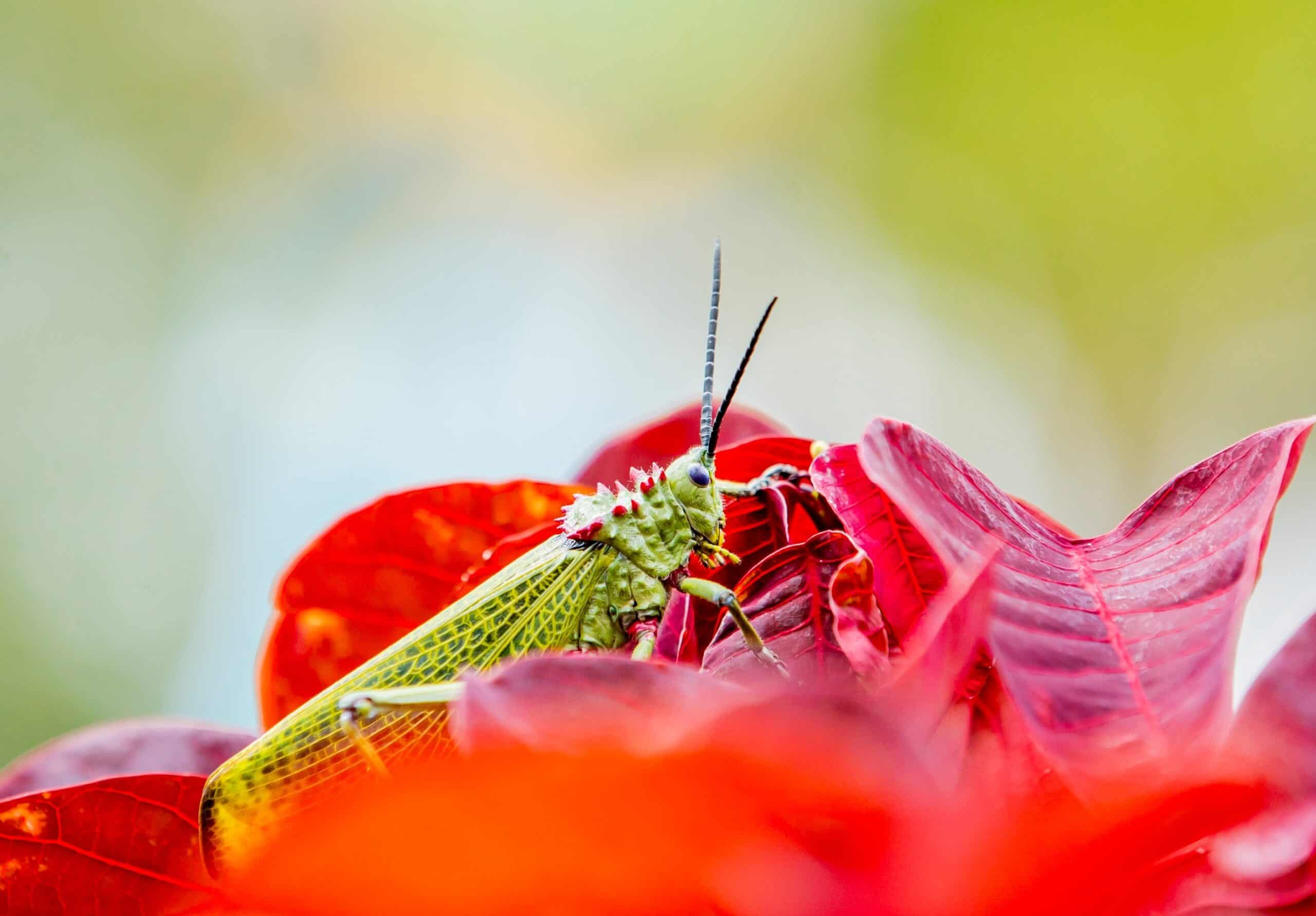
The Green Milkweed Locust, scientifically known as Phymateus viridipes, is an extraordinary insect native to the African continent, particularly in regions like the savannas and grasslands of Southern and Eastern Africa. This locust is not just known for its large size, which can reach up to 8 centimeters in length, but also for its striking and flamboyant coloration. The Green Milkweed Locust sports a bright green body that is vividly adorned with bold black spots and yellow accents, creating a vibrant mosaic that is both beautiful and intimidating. Its hind wings, which are hidden when at rest, reveal a dramatic burst of bright red when the locust is disturbed, serving as a warning signal to potential predators. This dramatic color display is a part of the locust’s sophisticated defense mechanism, which is complemented by its diet of toxic milkweed plants. The toxins ingested from these plants make the locust poisonous, and its bright coloration serves as an aposematic signal, warning predators of its unpalatability. The combination of its vibrant colors, large size, and potent chemical defenses make the Green Milkweed Locust a true spectacle of nature, easily rivaling the allure and beauty of butterflies.
Tiger Moth
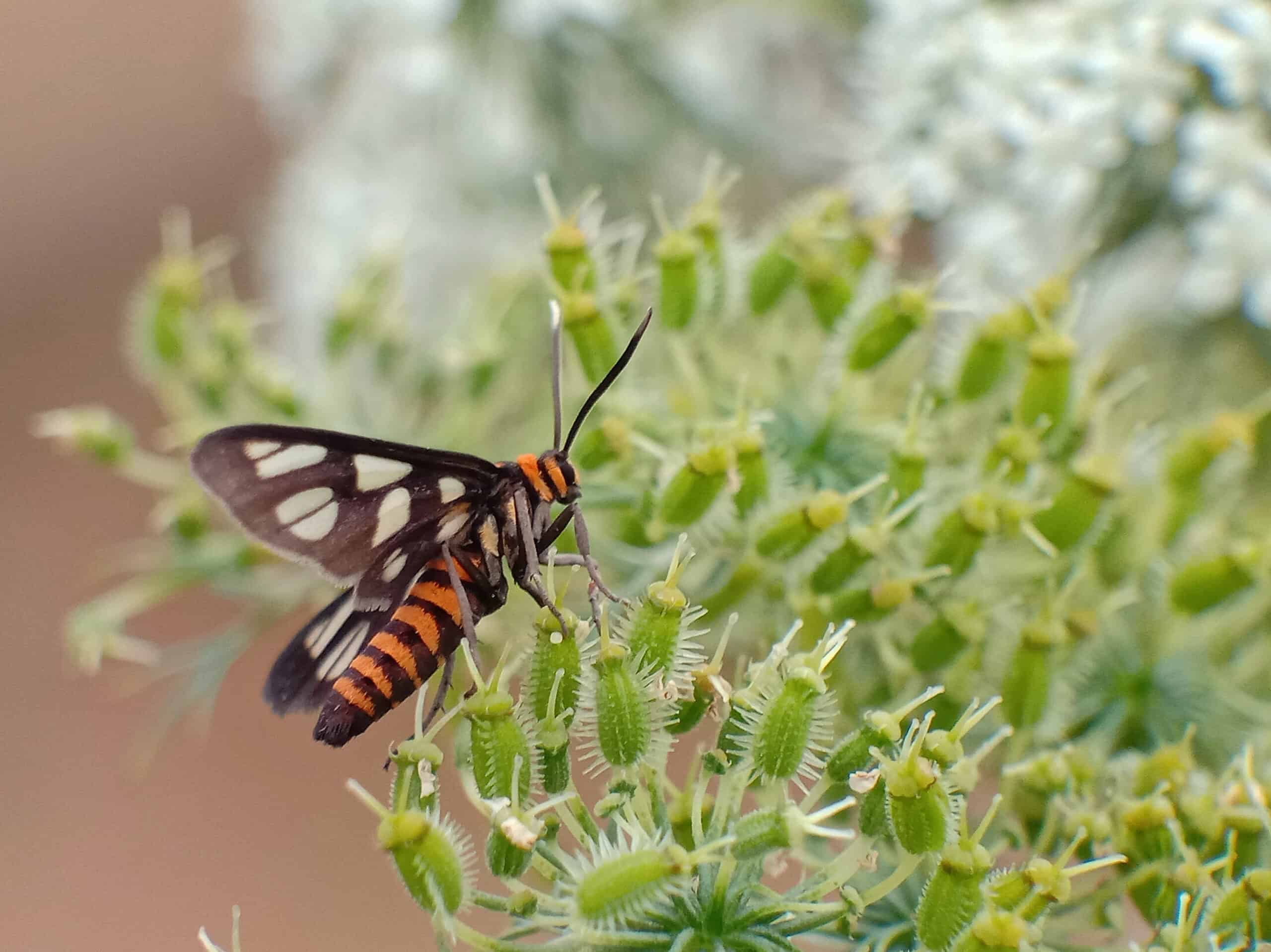
Tiger Moths, belonging to the family Erebidae, are a diverse group of moths known for their bold and vibrant wing patterns, which often feature striking combinations of black, white, orange, red, and yellow. These moths are found across various parts of the world, from the temperate regions of North America and Europe to the tropical forests of South America and Asia. The patterns on the wings of Tiger Moths serve not just as a visual treat but also as a crucial survival mechanism. The bright colors and contrasting patterns act as a warning to predators, signaling that these moths are toxic or unpalatable—a phenomenon known as aposematism. Some species of Tiger Moths have also evolved the ability to produce ultrasonic sounds, which they use to confuse the echolocation of predatory bats. This dual defense strategy of visual warning and auditory deterrence makes the Tiger Moth a fascinating example of nature’s ingenuity. Their ability to blend stunning beauty with effective survival tactics makes them a strong contender in the realm of colorful insects, standing proudly alongside the most beautiful butterflies.
Golden Tortoise Beetle
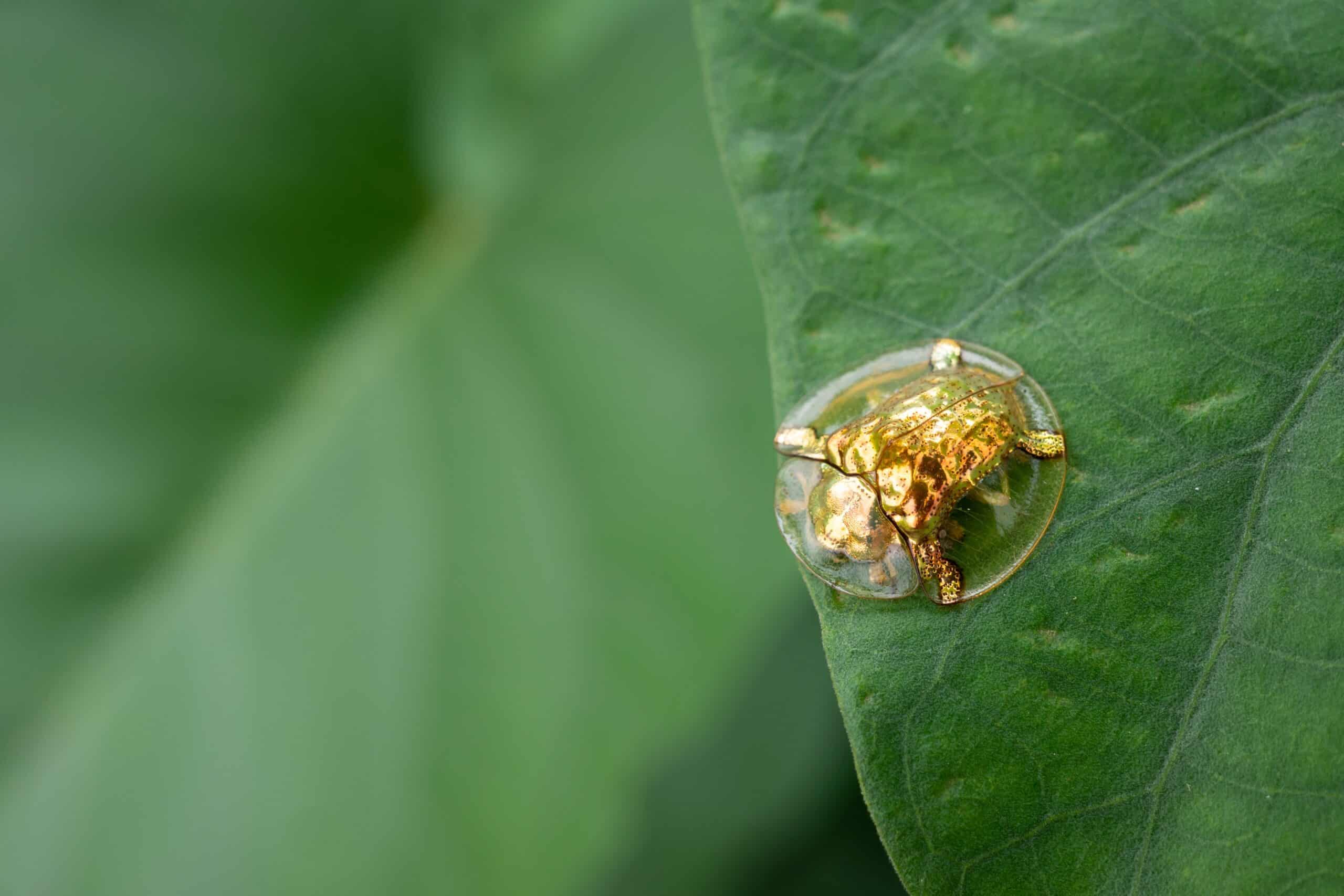
The Golden Tortoise Beetle (Charidotella sexpunctata) is a small yet captivating beetle native to North America, known for its remarkable ability to change color. This beetle’s most striking feature is its metallic gold coloration, which gives it the appearance of a tiny, gleaming jewel. The golden sheen is not due to pigmentation but is instead created by layers of liquid between the beetle’s cuticle and exoskeleton, which reflect light in a way that makes the beetle appear as if it is covered in liquid gold. This ability to reflect light is enhanced when the beetle is in good health and undisturbed. However, when threatened or stressed, the beetle’s color can change to a dull reddish-brown, which serves as a form of camouflage. The Golden Tortoise Beetle’s shape also adds to its charm, with a domed, tortoise-like shell that protects its soft body underneath. This beetle feeds on plants in the morning glory family and is often found in gardens and fields. The ability to shift its color, combined with its natural golden luster, makes the Golden Tortoise Beetle one of the most visually striking insects in the world, easily rivaling the beauty and complexity of butterflies.
Io Moth
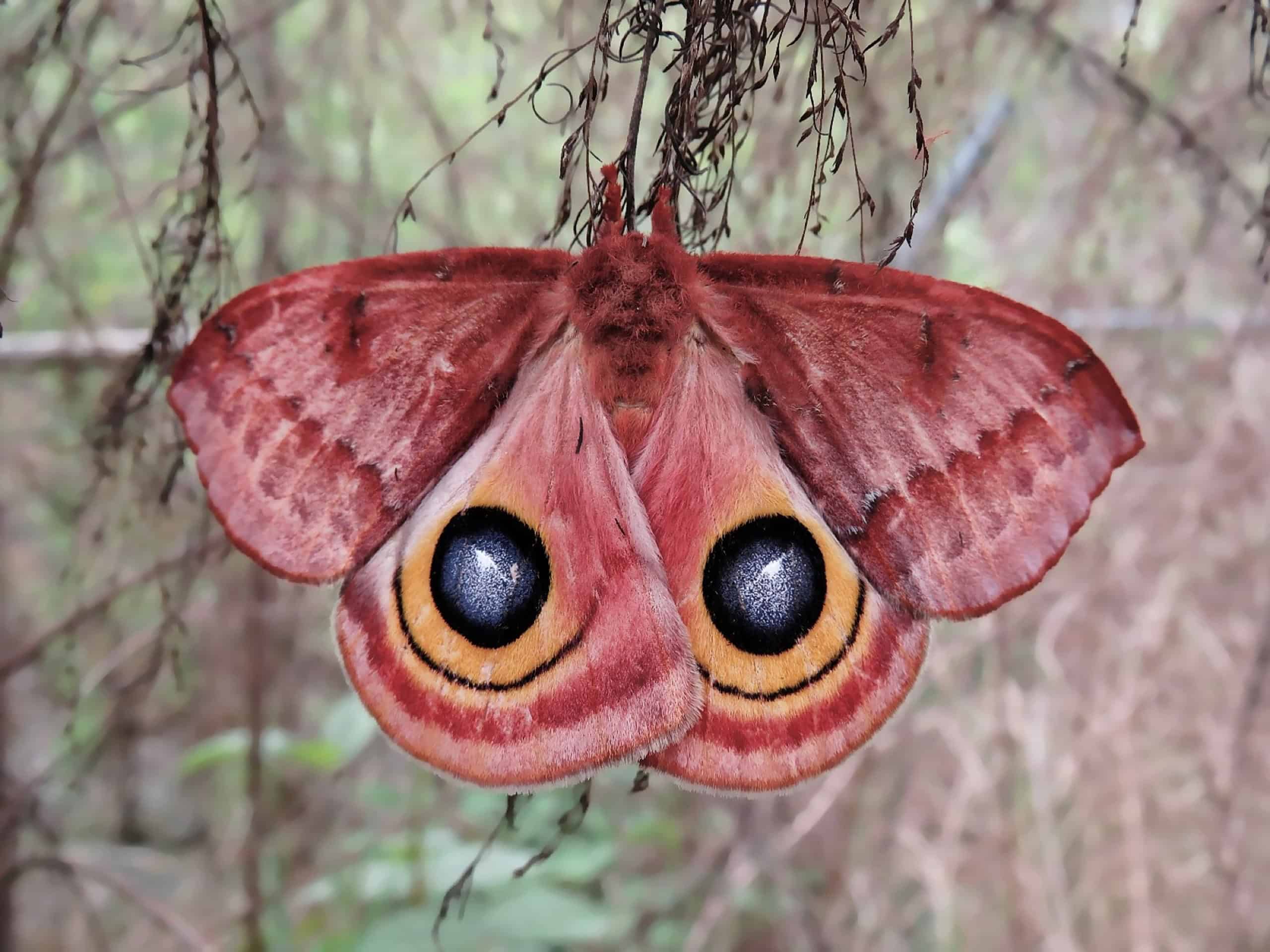
The Io Moth (Automeris io) is a strikingly beautiful moth found across North America, known for its vibrant colors and dramatic defense mechanisms. This moth has a wingspan of about 2.5 to 3.5 inches, making it a medium to large-sized moth, but it’s the vivid coloration and patterns on its wings that make it truly stand out. The forewings of the Io Moth are a soft yellow or brown, which provides camouflage against tree bark or leaves when the moth is at rest. However, the true spectacle is revealed when the moth is threatened, and it spreads its wings to display the hindwings, which are bright yellow with large, intimidating eye spots that mimic the eyes of a predator. These eye spots are so realistic that they can startle or even scare off potential predators, giving the moth a chance to escape. The Io Moth’s use of visual mimicry, combined with its vibrant coloration, makes it one of the most fascinating insects in North America, and its beauty is often compared to that of butterflies. Its dramatic and effective defense mechanism, coupled with its colorful appearance, ensures that the Io Moth holds its own as one of nature’s most remarkable creations.
Luna Moth
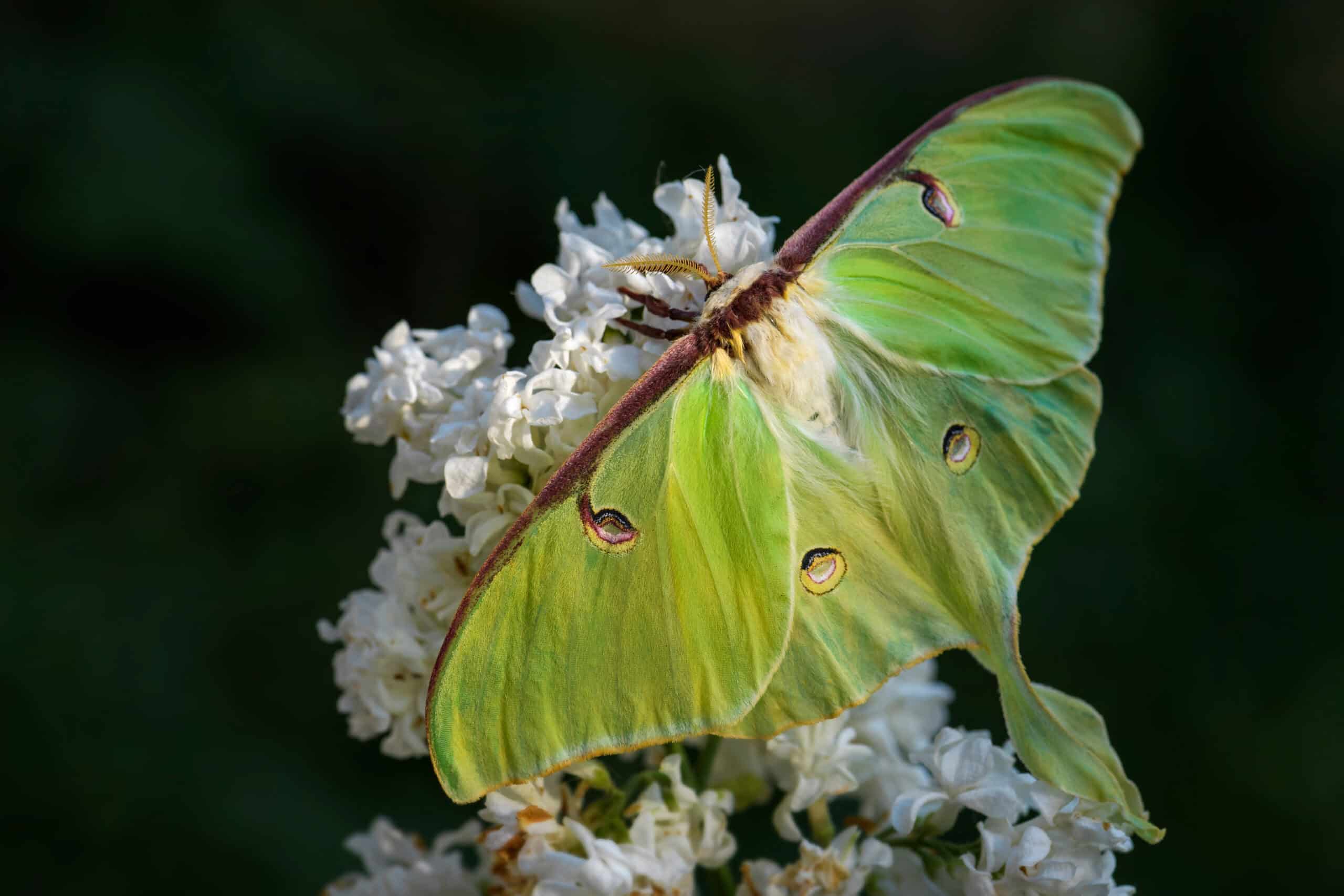
The Luna Moth (Actias luna) is one of North America’s most iconic and beautiful moths, known for its ethereal, almost otherworldly appearance. With a wingspan that can reach up to 4.5 inches, the Luna Moth is a large and striking insect. Its wings are a pale, luminous green, reminiscent of the soft glow of moonlight, which is where it gets its name. The wings are adorned with delicate, eye-shaped markings that are believed to deter predators by mimicking the eyes of a larger animal. The hindwings of the Luna Moth extend into long, graceful tails, which not only add to its beauty but also help to confuse predators by altering the moth’s flight pattern. The Luna Moth does not feed as an adult, living only for about a week to reproduce, which adds a fleeting, almost mystical quality to its existence. The combination of its size, delicate coloration, and unique wing structure make the Luna Moth one of the most beautiful and enchanting insects, easily rivaling the grace and allure of butterflies.
Giant Leopard Moth
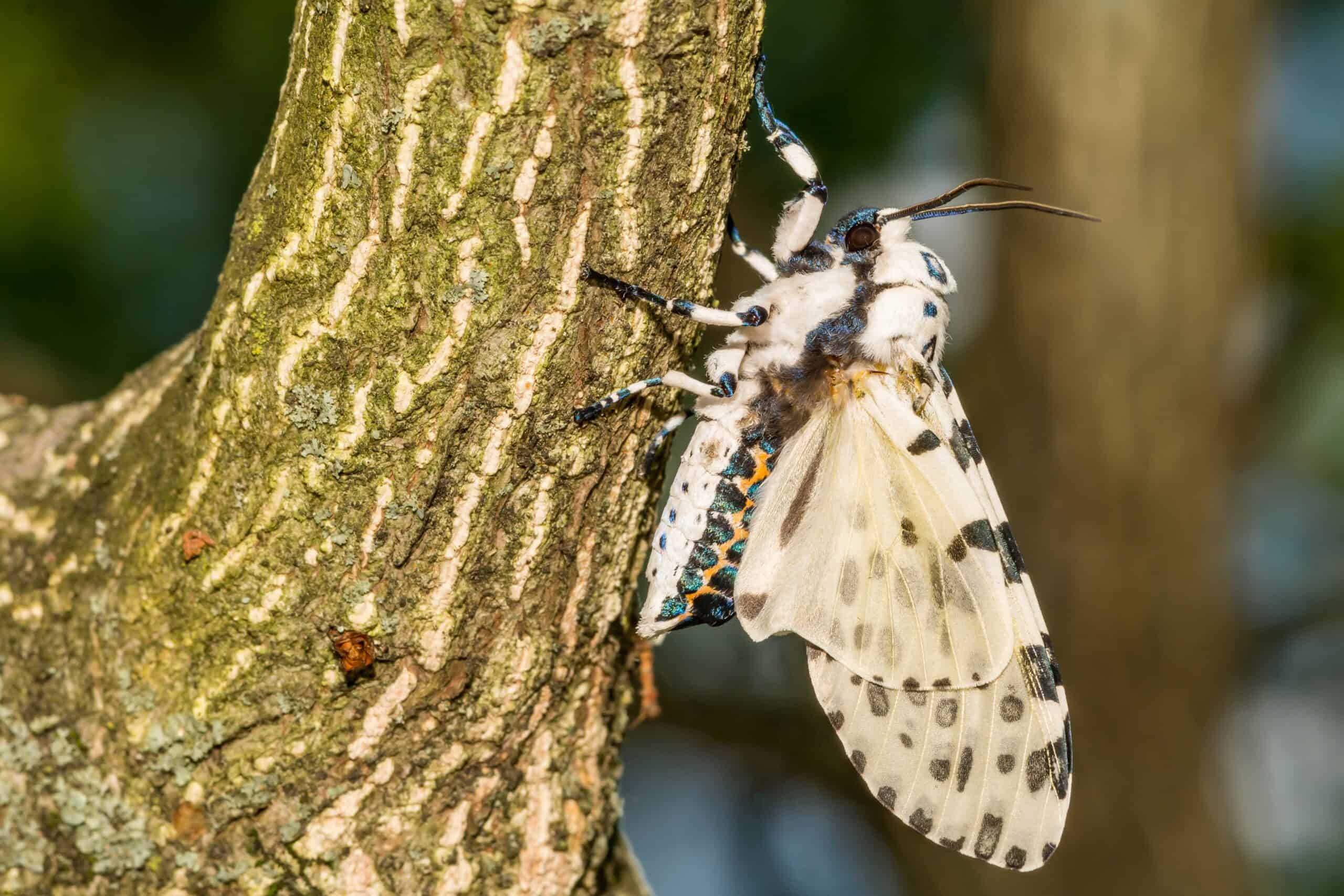
The Giant Leopard Moth (Hypercompe scribonia) is a strikingly beautiful moth found across the eastern United States, known for its bold, black-and-white spotted pattern that resembles the coat of a leopard. This moth is one of the largest in its range, with a wingspan that can reach up to 3 inches. The wings are pure white, adorned with large, irregular black spots that vary in size and shape, creating a unique and eye-catching design. Beneath the wings, the body of the Giant Leopard Moth is equally impressive, with iridescent blue and orange markings that are revealed when the moth is disturbed or in flight. The bright colors of its body serve as a warning to predators that the moth is unpalatable. The caterpillar of the Giant Leopard Moth, known as the woolly bear, is also quite striking, covered in stiff, black bristles that make it resemble a small porcupine. The Giant Leopard Moth’s bold patterning and vibrant colors, both as a caterpillar and as an adult, make it a fascinating and beautiful insect, standing out as one of nature’s most artistic creations and easily rivaling the beauty of butterflies.
Spiny Flower Mantis
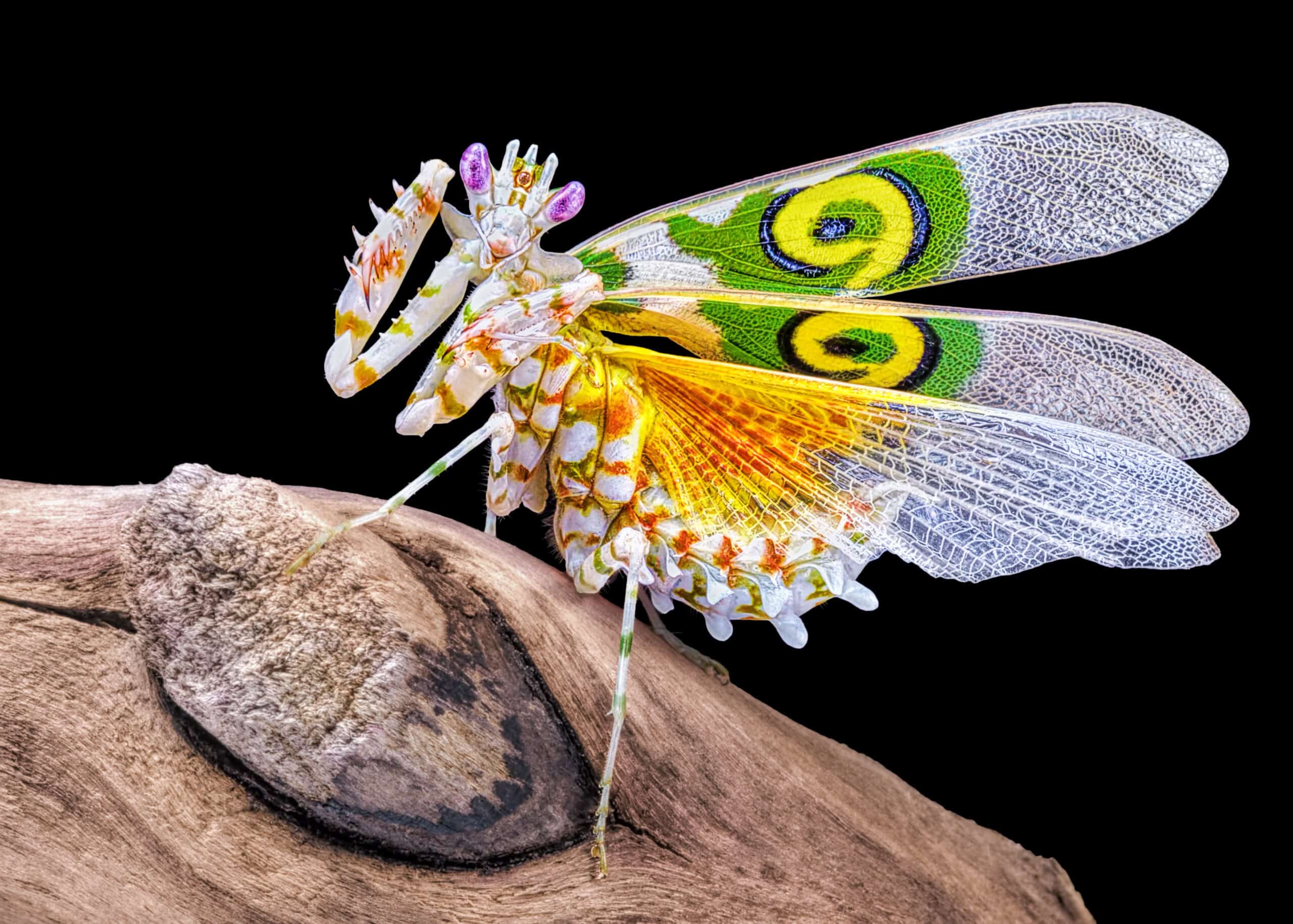
The Spiny Flower Mantis (Pseudocreobotra wahlbergii) is an extraordinary insect native to sub-Saharan Africa, known for its intricate and colorful appearance that closely resembles a flower. This mantis is a master of disguise, using its petal-like limbs and vibrant coloration to blend in with the flowers on which it lives. The body of the Spiny Flower Mantis is covered in green, pink, and yellow hues, with a distinctive circular pattern on its wings that resembles an eye. This pattern is used to startle predators, making the mantis appear larger and more threatening than it actually is. The mantis’s spiny appearance, which gives it its name, adds to its camouflage, as the spines mimic the texture of flower petals. The Spiny Flower Mantis is not just a visual marvel; it is also a skilled predator, using its stealth and camouflage to ambush prey. Its delicate and ornate appearance, combined with its predatory prowess, makes the Spiny Flower Mantis a true marvel of nature, rivaling the beauty and intricacy of butterflies.
Regal Moth
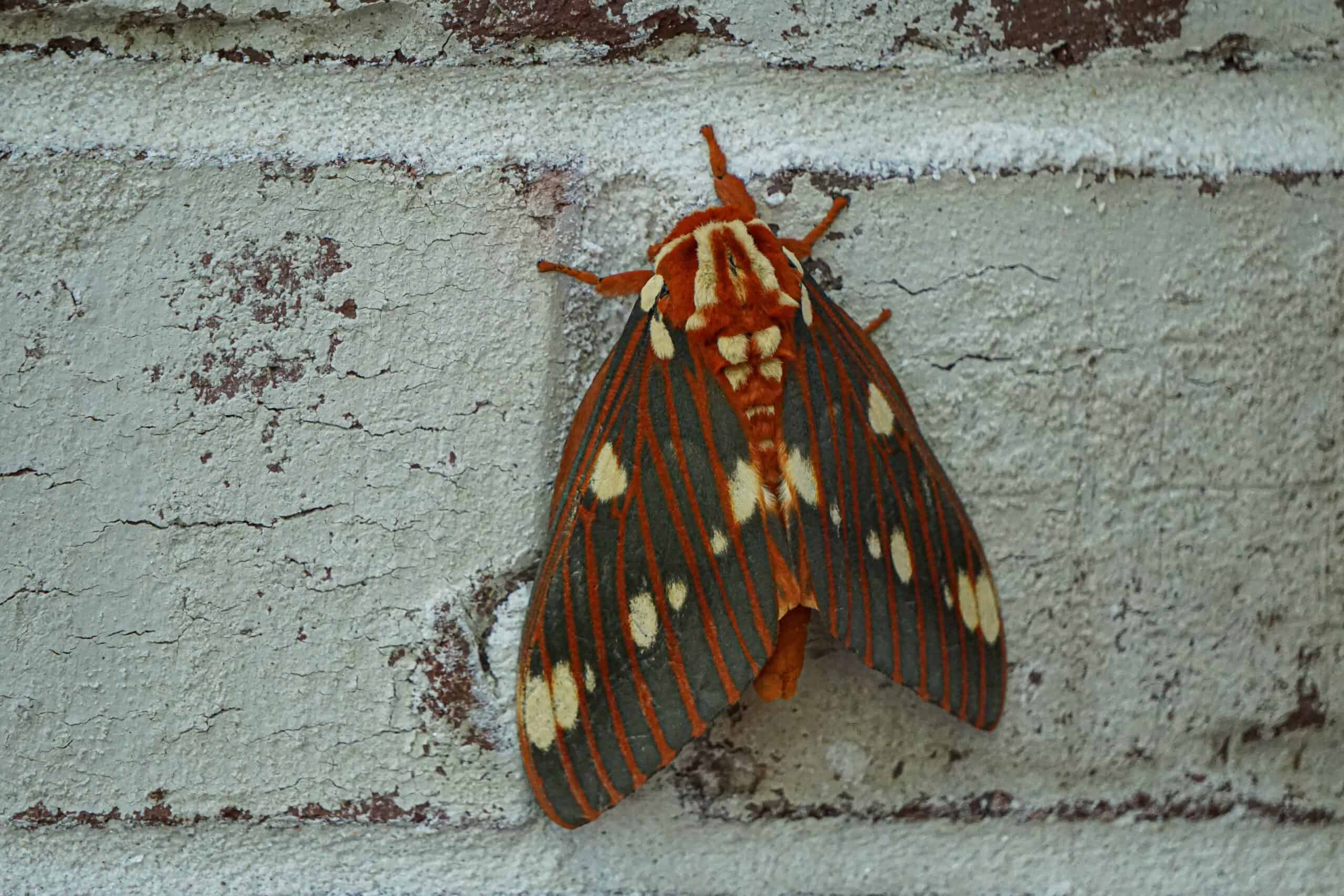
The Regal Moth (Citheronia regalis), also known as the Royal Walnut Moth, is one of North America’s most striking and impressive moths. With a wingspan that can reach up to 6 inches, the Regal Moth is a large and robust insect, easily recognizable by its bold and vibrant coloration. The wings are a deep orange, with striking yellow and white markings that create a regal, almost royal appearance. The body of the Regal Moth is equally impressive, with a thick, furry texture and bold black and orange stripes. The caterpillar of the Regal Moth, known as the Hickory Horned Devil, is one of the largest and most fearsome-looking caterpillars in North America, reaching up to 5 inches in length and adorned with long, spiky horns. Despite its intimidating appearance, the caterpillar is harmless to humans and eventually transforms into the beautiful and regal adult moth. The combination of its large size, vibrant colors, and impressive caterpillar stage makes the Regal Moth a truly remarkable insect, easily rivaling the beauty and majesty of butterflies.
Oleander Hawk Moth
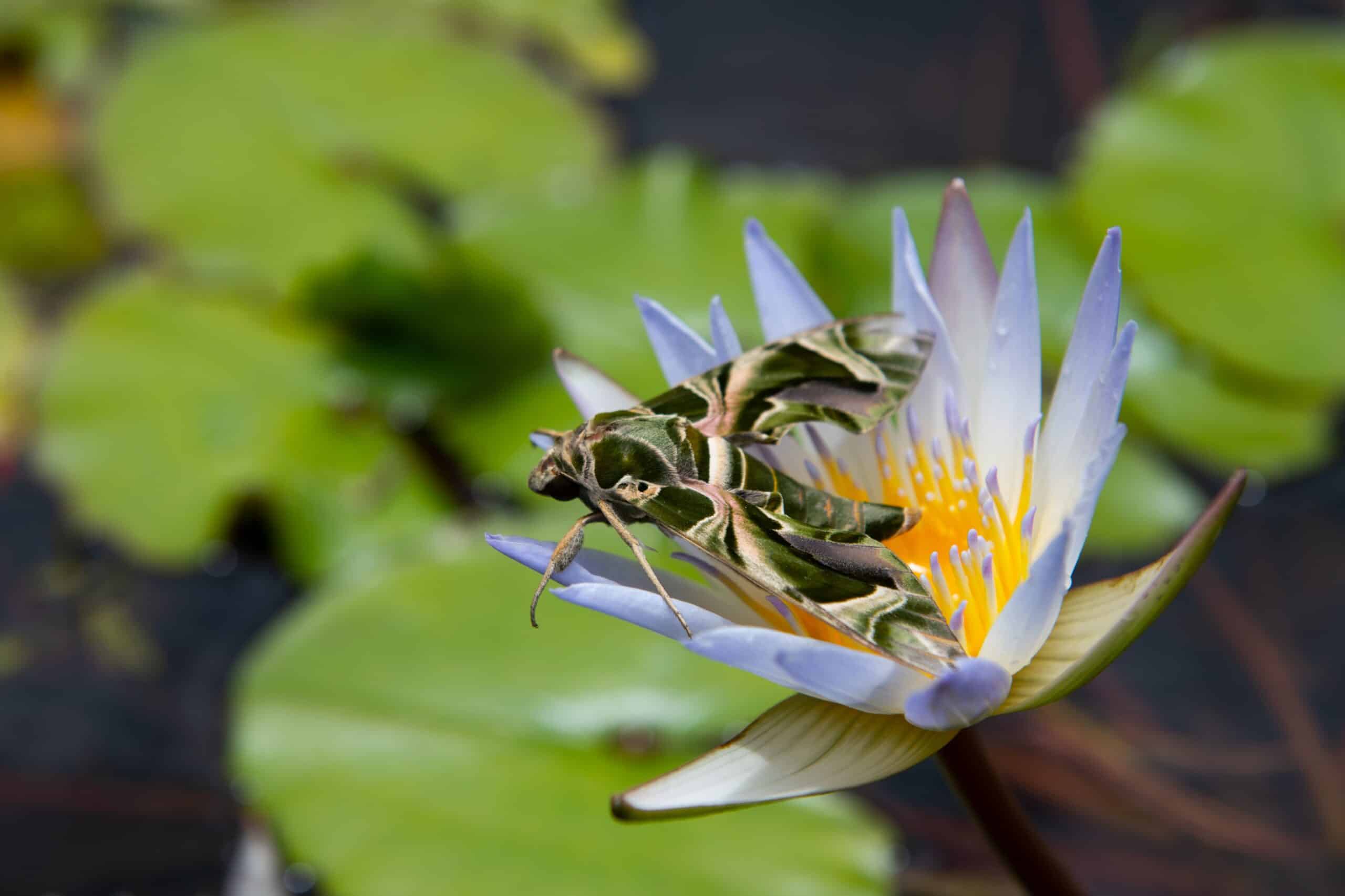
The Oleander Hawk Moth (Daphnis nerii), also known as the Army Green Moth, is a large and beautifully camouflaged moth found across Africa, Asia, and Southern Europe. This moth is renowned for its intricate and vibrant wing patterns, which resemble the leaves of the oleander plant, on which the caterpillar feeds. The wings of the Oleander Hawk Moth are a rich, olive green, adorned with patches of pink, cream, and dark brown, creating a camouflage that allows it to blend seamlessly into its surroundings. The forewings have a unique, wavy pattern that mimics the texture of leaves, further enhancing its ability to hide from predators. The body of the Oleander Hawk Moth is also decorated with similar colors, making it one of the most well-camouflaged moths in the world. The caterpillar of this moth is equally striking, with bright green coloration and distinctive eyespots that serve as a deterrent to predators. The combination of its large size, intricate patterns, and effective camouflage make the Oleander Hawk Moth a true masterpiece of nature, rivaling the beauty and elegance of butterflies.
This article originally appeared on Rarest.org.
More from Rarest.org
Finding rare antique tools and machinery is a thrilling pursuit for collectors and enthusiasts alike. These items, often hidden away in attics or old workshops, hold a unique charm and historical significance. Read more.
The ocean is a vast, mysterious realm, covering over 70% of our planet yet largely unexplored. Beneath the waves lies a world filled with secrets that baffle scientists and ignite our imagination. Read more.
Exotic birds captivate with their vivid colors and unique features. They are often prized for their rarity and beauty. In this article, we will explore some of the most coveted exotic bird species. Read more.



